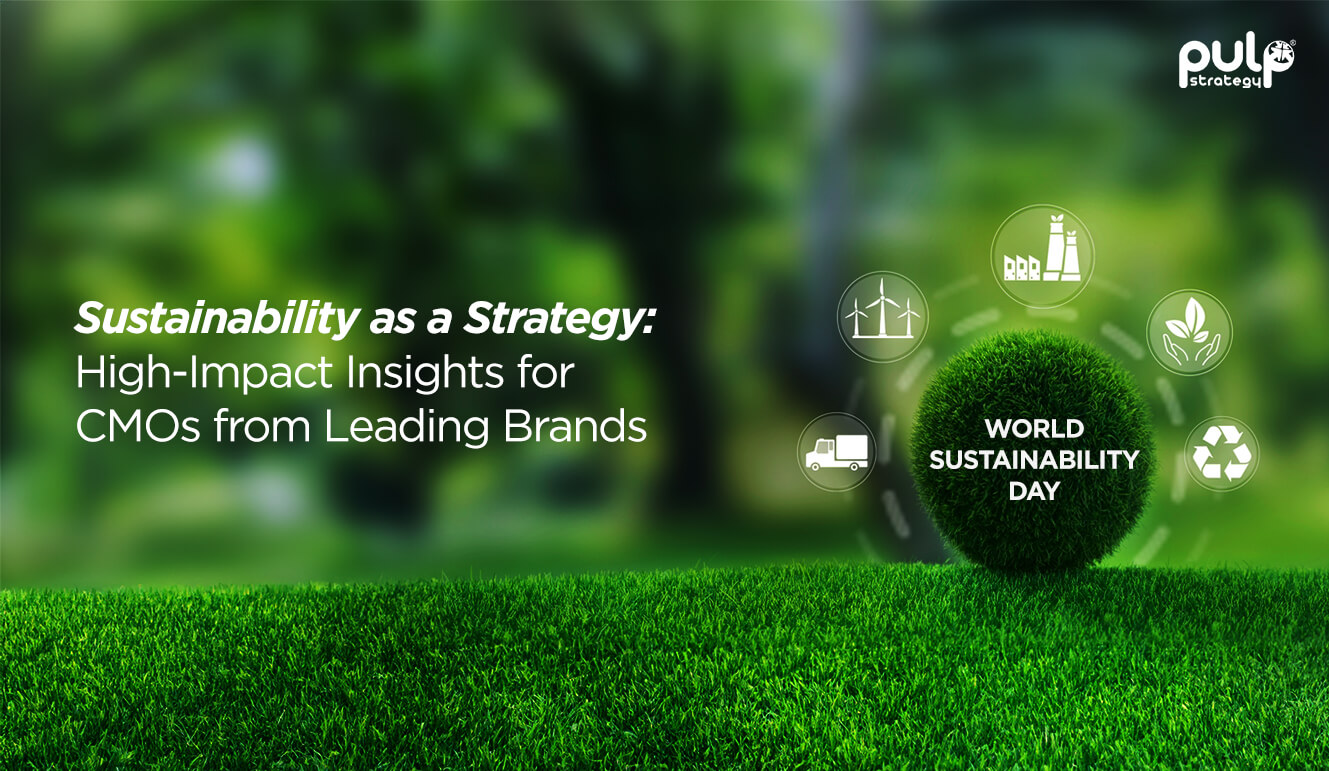In today’s rapidly evolving digital landscape, few campaigns have captured global attention like Donald Trump’s. For Chief Marketing Officers (CMOs) looking to make an impact in saturated digital markets such as India and Asia, Trump’s campaign provides a treasure trove of insights. By bypassing traditional media and connecting directly with diverse audiences, his approach signifies a new era of strategic communication that CMOs can adapt for brand success.
Here’s a breakdown of Trump’s key strategies that redefined digital campaigning—and what Indian CMOs can learn from them.
1. Mastering Data Analytics and Micro-Targeting: Precision in Reaching Audiences
Trump’s campaigns weren’t just massive; they were meticulously data-driven, using advanced analytics and micro-targeting to resonate with distinct population segments. For CMOs in India, where regional and cultural diversity is vast, data analytics is more than a tool; it’s the backbone of audience engagement.
Why it Worked: The campaign honed in on various demographic nuances, delivering messages that spoke directly to each group’s values and concerns. In a culturally rich market like India, this approach is essential for brand relevance.
India-Centric Pro Tip: Utilize AI and predictive analytics to fine-tune audience segmentation. For instance, brands like McDonald's India have successfully adopted “glocalization” with products like the Maharaja Mac, tailored to local tastes. Indian CMOs can follow suit, crafting campaigns that reflect cultural nuances, regional interests, and localized trends to build stronger connections with varied audiences.
2. Digital-First Strategy: Expanding Reach Beyond Traditional Channels
Trump’s digital-first approach shifted his messaging directly to social media platforms like Twitter, Facebook, and YouTube, bypassing traditional media gatekeepers. With digital media exploding in India, a similar approach could prove invaluable for Indian CMOs looking to establish more direct and interactive relationships with their audiences.
Why it Worked: By engaging directly on popular platforms, Trump’s team controlled the narrative and connected authentically, cutting through media noise.
India-Centric Pro Tip: Platforms like Instagram and Twitter are becoming as essential as television once was. Brands such as Paytm and Swiggy use Twitter not only to promote but also to interact with customers in real time. An active, digital-first presence fosters loyalty and makes your brand relatable in India’s hyper-digital environment.
3. Diverse Content Formats: Reaching Audiences in New Ways
From live-streamed rallies to bite-sized videos, Trump’s campaign embraced various content formats to reach a broad spectrum of audiences. Indian CMOs can tap into similar methods by diversifying content formats, making brand messages accessible and engaging across demographics.
Why it Worked: Multiple content formats kept the campaign dynamic and accessible, allowing different audience subsets to engage based on their content preferences.
India-Centric Pro Tip: Experiment with live sessions on Instagram, thought-leadership podcasts, and short-form videos on platforms like YouTube Shorts and Moj. This can enhance visibility, especially with younger audiences who prefer quick, visual storytelling.
4. Rapid-Response Strategy: Real-Time Engagement
Trump’s campaign was known for quick, real-time responses to trending events or criticisms, often capitalizing on “news jacking” to stay relevant. Indian CMOs can adopt this approach, particularly during major cultural or national events.
Why it Worked: Real-time responses kept the campaign dynamic and allowed Trump’s team to steer conversations in his favor.
India-Centric Pro Tip: Brands like Amul have perfected real-time engagement with their timely cartoon ads commenting on current events. Quick responses to trending topics can make your brand more visible and build immediate connections with the public.
5. Community Building on Social Media: Empowering Supporters as Advocates
Trump’s campaign fostered a strong community of supporters who actively shared his content, even creating their own. This digital grassroots movement multiplied his reach beyond paid media.
Why it Worked: Empowering supporters as advocates created a network effect, expanding his reach organically through community-driven engagement.
India-Centric Pro Tip: Encourage brand advocates and loyal customers to share your brand’s story. Brands like Nykaa have successfully built online communities that boost both organic reach and trust.
6. A/B Testing and Iteration: Refining Messages Based on Real-Time Feedback
Trump’s campaign tested multiple versions of ads, messages, and visuals to see what resonated best, often running different ads for different segments.
Why it Worked: A/B testing allowed continuous optimization, delivering higher engagement and conversion rates.
India-Centric Pro Tip: CMOs should invest in iterative testing to refine campaigns. A travel brand targeting both young urbanites and families could use A/B testing to maximize appeal to each segment without increasing budgets.
7. Localized Language and Tone: Speaking to Audiences in Their “Native Tongue”
Trump’s messaging reflected the language and tone of his target demographic, making his content relatable and accessible.
Why it Worked: Using a familiar tone built trust and made audiences feel understood.
India-Centric Pro Tip: Language is powerful in India, where consumers connect deeply with regional and cultural nuances. CMOs can develop campaigns in regional languages, using culturally relevant idioms or phrases to deepen brand connections.
8. Content Amplification Through Influencer Alliances
Trump’s campaign built alliances with influencers who shared his viewpoints, amplifying his reach organically through third-party endorsements.
Why it Worked: Influencer endorsements expanded reach and provided third-party validation.
India-Centric Pro Tip: Indian CMOs can partner with micro-influencers who resonate with specific audiences. A sustainable brand could collaborate with eco-conscious influencers to reach green-minded consumers authentically.
9. User-Generated Content (UGC): Harnessing the Power of Organic Advocacy
Trump’s campaign saw a surge in user-generated content (UGC), with supporters creating and sharing memes, videos, and posts aligned with his narrative.
Why it Worked: UGC multiplied his reach and brought a level of engagement that felt authentic.
India-Centric Pro Tip: Encourage UGC through branded hashtags or contests. Starbucks and Lenskart use UGC effectively to foster loyalty and expand reach, showcasing real customers’ stories and experiences.
10. Data Security and Privacy Transparency: Building Trust Amid Growing Concerns
With growing data privacy concerns, Trump’s campaign emphasized transparent data practices to reassure supporters.
Why it Worked: Transparency built trust and encouraged people to opt into communications.
India-Centric Pro Tip: With India’s new data protection laws, CMOs should be transparent about data usage. Clear communication around privacy can enhance trust, especially among India’s privacy-conscious, digital-savvy consumers.
Conclusion: Lessons for CMOs in India
While political campaigns differ from brand marketing, Trump’s strategies underscore a global truth: audiences are evolving, and brands must adapt by being data-driven, relatable, and digitally forward. Indian CMOs have an opportunity to apply these lessons thoughtfully to connect with diverse audiences across a vast, dynamic landscape. By embracing these approaches, brands can build deeper, more meaningful connections in India’s ever-evolving digital environment.





